Biophilic materials like wood do more than just make a space look warm and inviting, they actively improve your well-being. A Japanese study (Tsunetsugu et al., 2017) found that simply seeing natural wood can lower blood pressure and stimulate the parasympathetic nervous system, which helps the body relax. This calming effect supports better focus, faster recovery, and emotional balance. In biophilic design, wood is a powerful tool to create environments where people can thrive, whether at home, at work, or in healthcare settings.
Imagine finishing a long day, stepping into a room lined with warm wooden walls and feeling an immediate sense of calm. That sensation isn’t just in your head. Research on biophilic materials shows that exposure to natural elements like wood can directly influence our autonomic nervous system, the system that quietly governs heart rate, breathing and blood pressure. A growing body of evidence suggests that wood surfaces activate the parasympathetic “rest‑and‑digest” response and suppress the sympathetic “fight‑or‑flight” response. Simply put, wooden interiors can help you feel more relaxed, focused and at ease.
This article explores the science behind wood’s calming influence and shows how biophilic design can improve well‑being in homes, offices and healthcare settings. Drawing on Japanese field experiments, health‑care studies and environmental psychology, we’ll see why wood is more than a design choice, it’s a tool for wellness.
How wood affects your body
Activating the parasympathetic nervous system
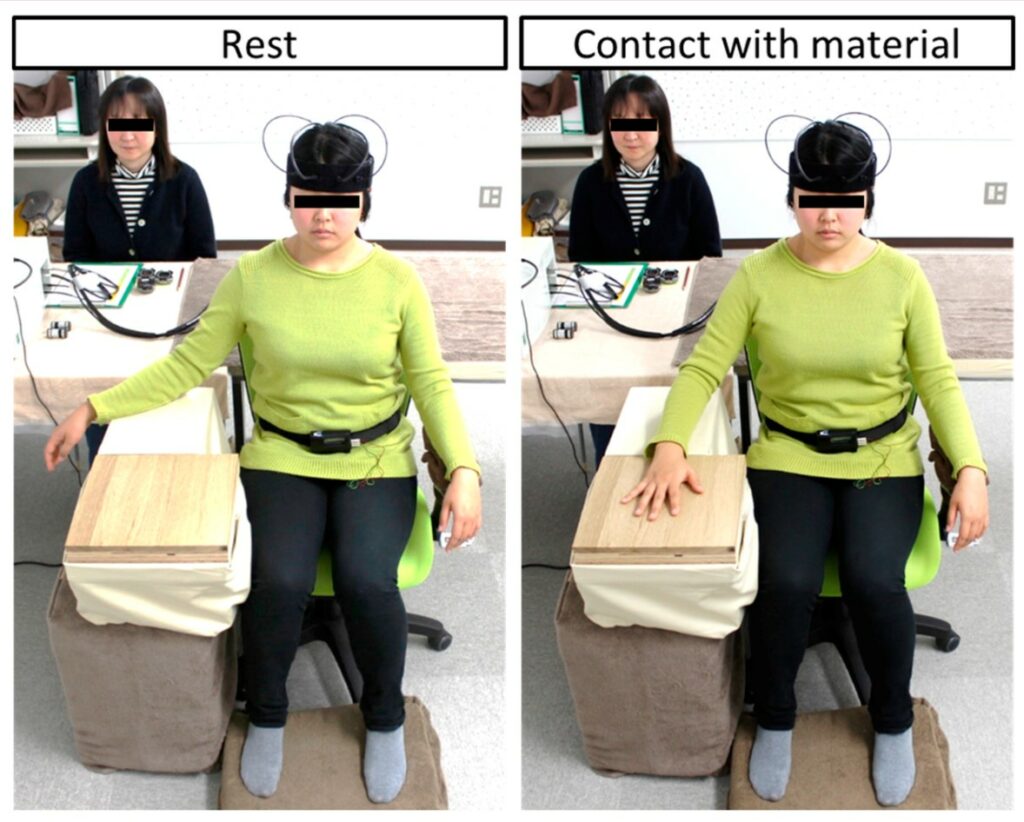
The parasympathetic branch of the autonomic nervous system slows the heart, promotes digestion and helps the body recover from stress. In a landmark Japanese study on tactile stimulation, participants were asked to touch different materials for 90 seconds. Contact with uncoated white oak significantly increased high‑frequency heart‑rate variability, a marker of parasympathetic activity, and reduced oxy‑hemoglobin levels in the prefrontal cortex. In contrast, materials like marble and stainless steel induced less parasympathetic activation. The study concluded that touching wood calmed brain activity and induced physiological relaxation.
Wood’s effect is not limited to touch. Field experiments in a hospital waiting room found that volunteers sitting in a wood‑finished environment had lower cortisol levels, decreased sympathetic activity and enhanced parasympathetic activity, indicating a relaxed state. These effects persisted even though heart rate increased slightly during the first contact with wood (a “wow” effect); longer stays tended to lower heart rate. Researchers concluded that wood environments reduce physiological stress and support energy recovery.
The findings align with studies on forest bathing. When people are immersed in natural environments, mean systolic blood pressure drops and the high‑frequency component of heart‑rate variability, associated with parasympathetic activity, increases. In other words, natural surroundings prime the body for relaxation. Wood, as a material derived from forests, appears to offer a similar effect indoors.
Lowering blood pressure and stress hormones
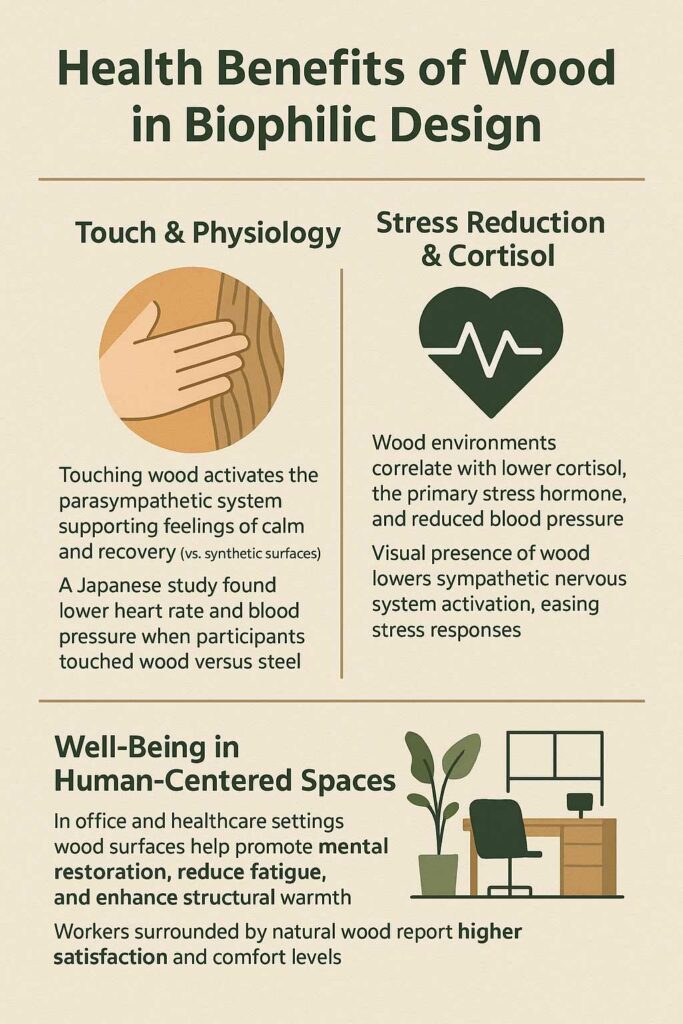
Cortisol is a hormone released during stress; elevated levels are linked to hypertension and other health problems. A review of health benefits from wood in buildings reports that exposure to wood correlates with a drop in cortisol levels, and that environments rich in wood surfaces produce lower blood pressure and heart rate compared with non‑wood environments. The same source notes that participants performing cognitive tasks in rooms with exposed wood surfaces showed improved focus and concentration.
Additional evidence comes from the University of British Columbia (UBC) study. In this experiment, 119 students were divided into four office‑like rooms: wood with plants, wood without plants, no wood with plants, and no wood and no plants. Participants underwent a baseline period, a stressful task and a recovery period. Those exposed to wood had lower sympathetic nervous system responses during all phases of the experiment. Although parasympathetic activation did not differ, the study concluded that wood could be integrated into interior design to reduce stress in hospitals, offices and schoolst.
Another longitudinal Austrian study followed 36 high‑school students who spent a year in wood‑furnished classrooms. By the end of the year, students in the wood environment had significantly lower stress levels, blood pressure and heart rates than those in standard classrooms. These results indicate that prolonged exposure to wood has lasting benefits on cardiovascular health.
Supporting recovery and focus
Beyond autonomic function, wood influences mood and cognitive performance. The same Austrian study reported that students in wood‑based classrooms experienced increased productivity and greater satisfaction. In a large survey of Australian workers, workplaces with higher proportions of natural wood surfaces were associated with greater job satisfaction, lower absenteeism and improved concentration. People working in offices where wood covers less than 20 percent of surfaces were up to 30 percent less satisfied with their working life.
Psychologists suggest that wood’s warm, organic textures evoke comfort and safety, helping occupants to focus. Research on biophilic design shows that natural materials like wood, plants and daylight reduce mental fatigue and improve cognitive performance. In healthcare, exposure to wooden finishes in clinics and hospitals leads to more positive patient experiences, shorter hospital stays and lower stress.
Why biophilic materials matter
The concept of biophilia
Biophilia, literally the “love of living things,” was popularized by biologist E.O. Wilson in the 1980s. He proposed that humans have an innate affinity for nature because we evolved in natural environments. Over 99.99 % of our species’ history took place outdoors. Only in the last few centuries have we built dense, artificial environments, and our physiology may not be adapted to them. Urban settings can trigger stress responses, elevating heart rate, blood pressure and stress hormones, because they lack the sensory cues we evolved with.
Biophilic design integrates nature into architecture,through daylight, views, greenery and biophilic materials like wood, to reconnect occupants with natural patterns. Studies show that even subtle natural cues can improve mood, decrease perceived stress and foster a sense of refuge. Wood plays a central role because it is tactile, visually warm and can regulate indoor humidity, making spaces feel comfortable. It also has a low thermal conductivity, meaning it feels warmer to the touch than metals or stone.
Wood’s chemical benefits
In addition to the sensory effects, wood emits natural compounds called terpenes. Forest studies have shown that breathing in terpenes during forest bathing reduces sympathetic activity and increases parasympathetic activity. Terpenes have antioxidant, anti‑inflammatory and immune‑boosting properties. Although emissions from indoor wooden surfaces are lower than those outdoors, they may still contribute to a subtle sense of freshness and well‑being.
Moreover, wood’s porous structure helps regulate indoor humidity. Because wood absorbs moisture when humidity is high and releases it when humidity is low, it can balance indoor microclimates. Consistent humidity reduces respiratory irritation and supports comfort.
Antimicrobial properties
An often‑overlooked benefit of wood is its antimicrobial capacity. Experiments in a hospital waiting room showed that wooden surfaces retained antimicrobial properties when properly maintained, improving indoor air quality. Zones where wood was rarely touched retained antimicrobial effects and provided a positive microclimate. This is particularly relevant in healthcare settings where infection control is critical.
Applying biophilic materials in everyday life
Homes
- Exposed beams and paneling: leaving structural timber visible or adding wood paneling brings warmth and a natural rhythm to a space. Choose responsibly sourced, low‑VOC finishes. Wood ceilings and walls can balance humidity and make rooms feel cozy.
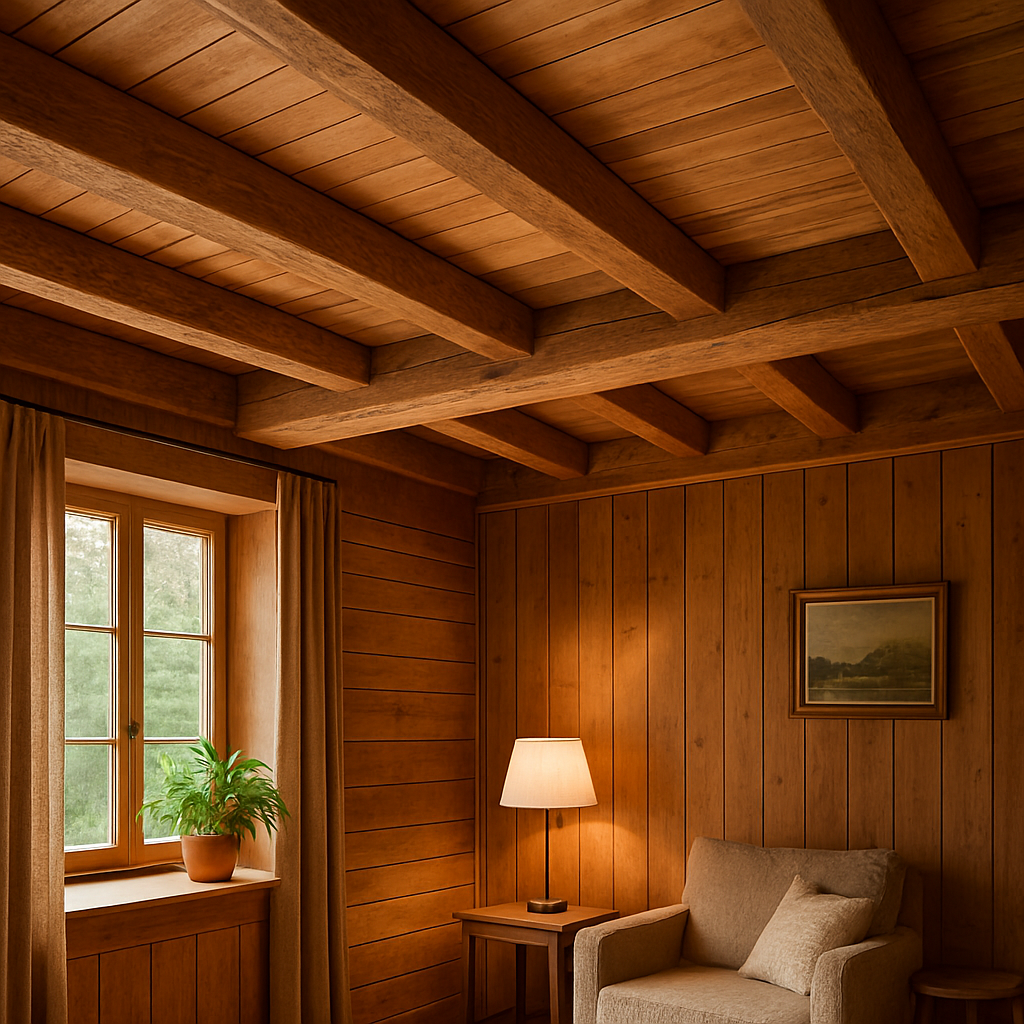
- Wooden furniture and flooring: uncoated or lightly finished wood enhances tactile contact. The Japanese tactile study found that touching wood increased parasympathetic activity compared to stainless steel or tile, suggesting that the feeling of wood underfoot or on a table can have calming effects.
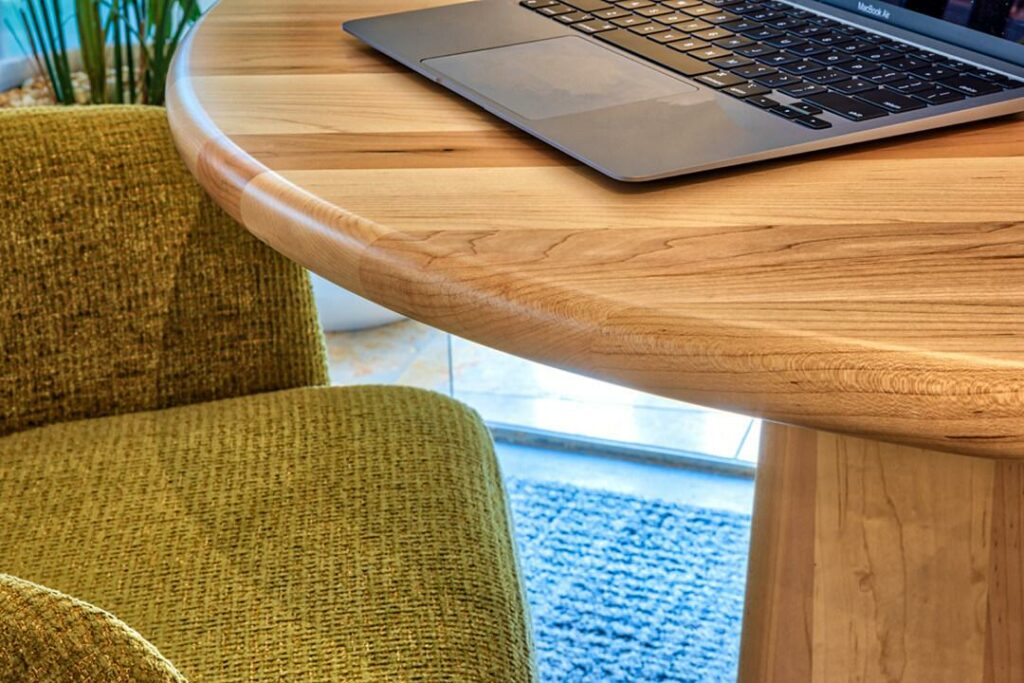 By Mantra Inspire Furniture
By Mantra Inspire Furniture - Combine with greenery and daylight: biophilic design emphasizes layering natural elements. Place potted plants near wood surfaces and maximize natural light to enhance the restorative ambiance.
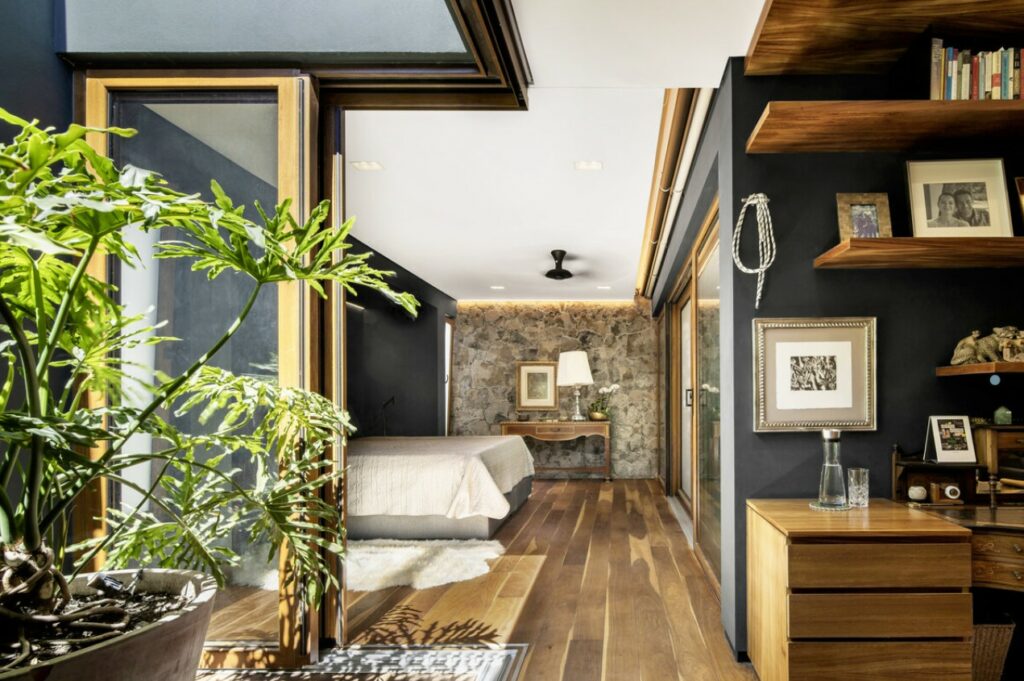
Workplaces
- Use wood in shared spaces: conference tables, seating and wall treatments in wood can reduce stress responses during meetings and creative sessions. Workers in wood‑rich offices report higher job satisfaction and focus.
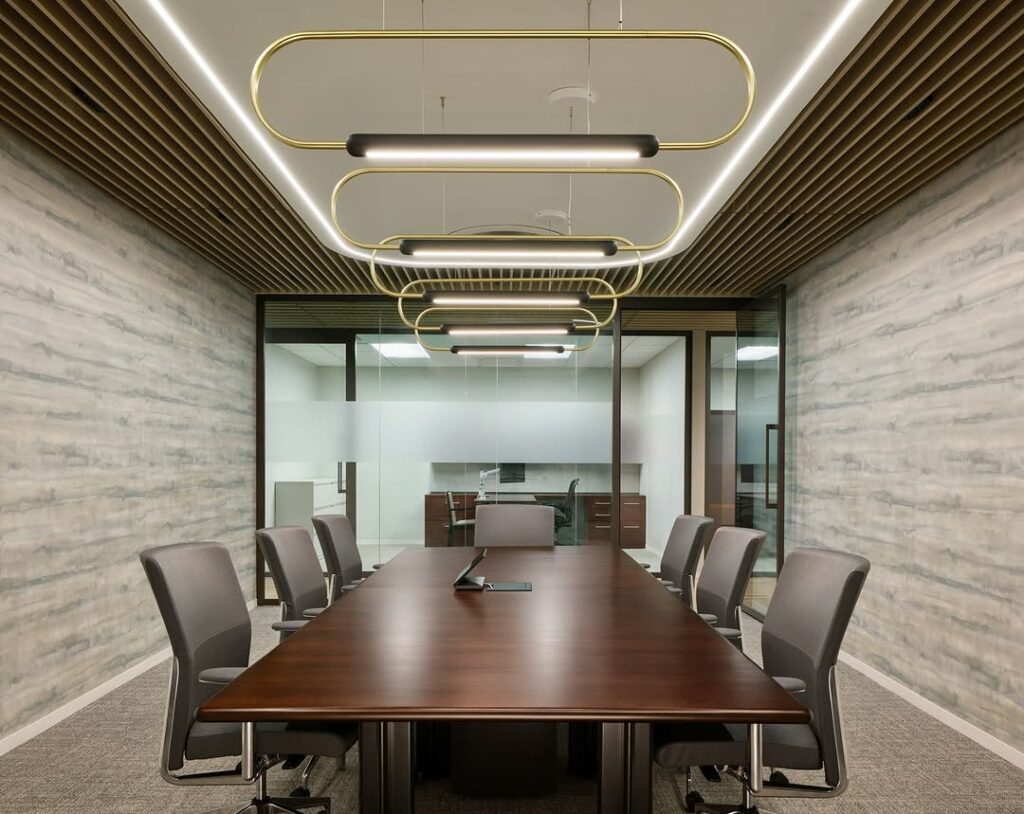
- Acoustic benefits: wood has sound‑absorbing properties, which can reduce noise stress. Pair wooden panels with soft furnishings for acoustic comfort.
- Flex spaces with natural materials: create collaboration zones with wood, plants and natural textures. Provide variations in material and lighting to cater to diverse working styles.
Healthcare and healing environments
- Waiting rooms and corridors: wooden paneling and furniture create a welcoming atmosphere. In hospital experiments, these areas showed decreased cortisol and increased parasympathetic activity.
- Patient rooms: wood headboards, bedside tables and warm finishes can shorten perceived hospital stays and improve mood.
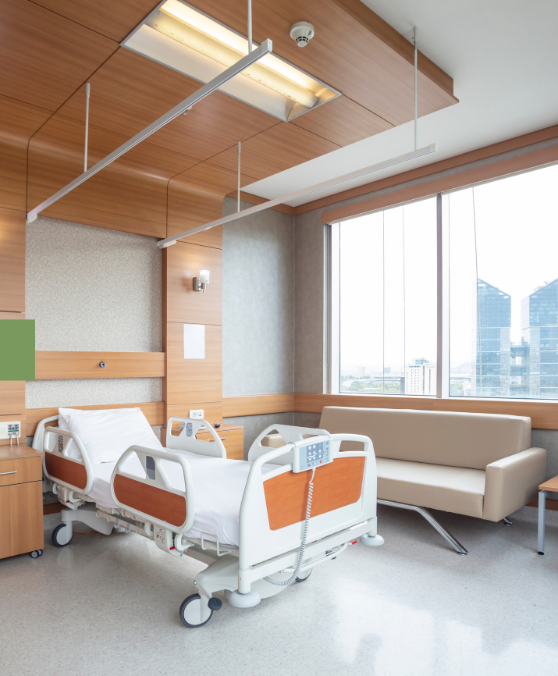
- Therapeutic gardens and atria: integrate indoor courtyards with plants, wood decking and natural daylight. Views of nature improve recovery rates and reduce pain perception (as found in studies comparing views of trees vs. brick walls).

Schools and learning environments
- Wood‑furnished classrooms: a year‑long study of Austrian high‑school students showed lower stress, heart rate and blood pressure in wood‑based classrooms. Incorporating wood desks, walls and ceiling panels can support learning.

- Restorative breakout areas: provide study nooks with wood surfaces, plants and daylight where students can recharge between tasks. Nature exposure promotes self‑discipline and focus.
Retail and hospitality
- Customer experience: natural finishes can influence buying behavior. Research on biophilic design suggests that customers feel more comfortable and are more likely to purchase in wood‑accented spaces.
- Hotels and restaurants: nood surfaces can create a home‑like feel, reduce stress and encourage longer stays. Combine with soft lighting and greenery for a holistic experience.
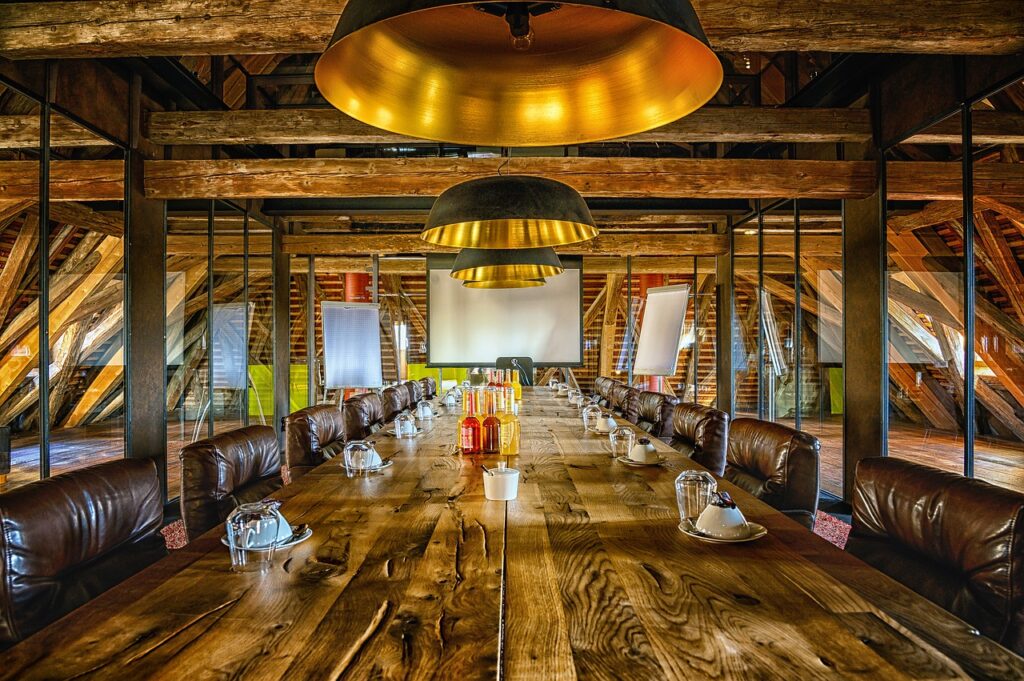
Combining wood with other biophilic materials
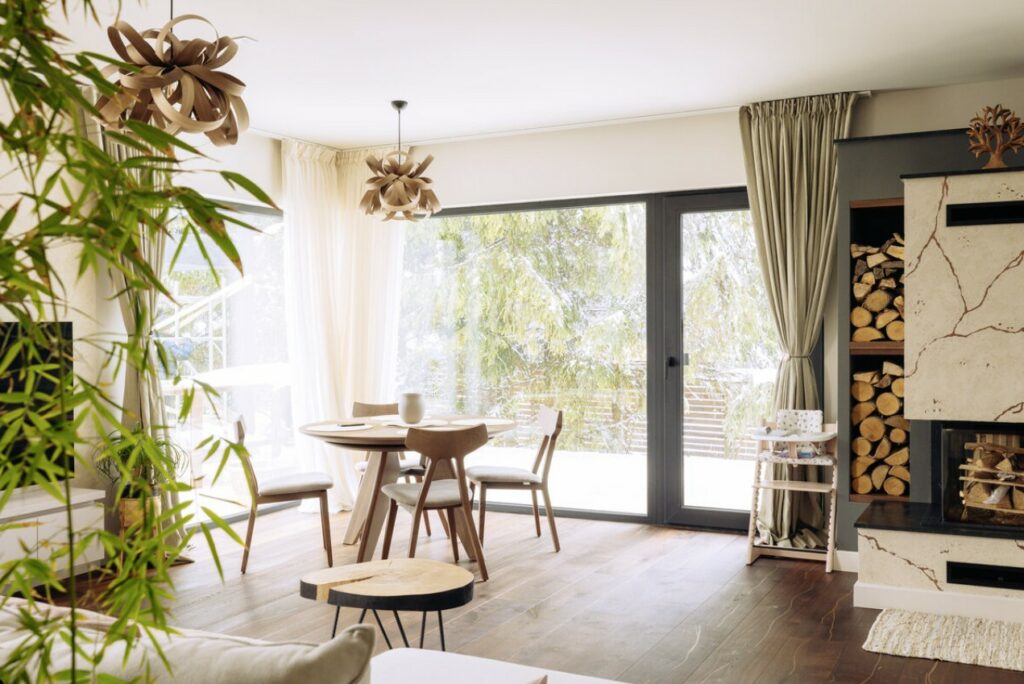
While wood is a standout biophilic material, combining it with other natural elements amplifies its benefits. Plants provide air purification and visual softness; natural stone introduces textural contrast; water features offer soothing sounds; and daylight aligns circadian rhythms. The UBC study showed that rooms containing both wood and plants yielded the most significant reduction in sympathetic nervous activity. This synergy suggests that holistic biophilic design is more effective than any single material.
Considerations and best practices
- Indoor air quality – choose low‑VOC adhesives and finishes to minimize emissions. Solid wood and engineered wood products with appropriate certification are preferable.
- Maintenance and hygiene – in high‑contact areas like hospitals, apply protective oils or waxes, and zone wood surfaces where they aren’t exposed to contaminated fluids. Proper cleaning preserves wood’s antimicrobial benefits.
- Cultural and aesthetic fit – design choices should reflect local culture and climate. In tropical climates like Brazil, lighter woods may prevent spaces from feeling heavy. In colder regions, darker woods can add warmth.
- Sourcing – use sustainably harvested wood to support ecological integrity. Certification schemes like FSC and PEFC ensure responsible forestry.
Exposure to wood is more than an aesthetic preference—it’s a pathway to better health. Studies on tactile stimulation show that touching wood increases parasympathetic activity and reduces brain arousal. Experiments in hospitals and classrooms demonstrate that wooden interiors lower stress hormones, blood pressure and heart rates. Workplace surveys find that employees in wood‑rich environments are happier and more productive, while patients in wood‑enhanced clinics heal faster and report more positive experiences.
Incorporating wood and other biophilic materials into our built environments honours our evolutionary connection to nature. Biophilic design blends natural light, plants and wood to calm the mind, sharpen focus and support recovery. Whether at home, in the office, at school or in hospital, the simple act of surrounding ourselves with wood can lower our blood pressure and make us feel better. As designers and occupants, embracing natural materials is a crucial step toward healthier, more human spaces.








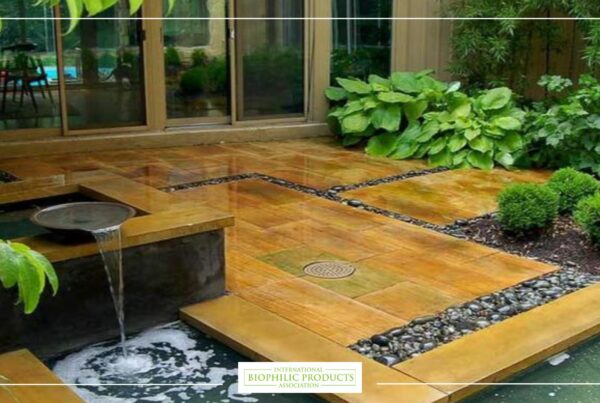
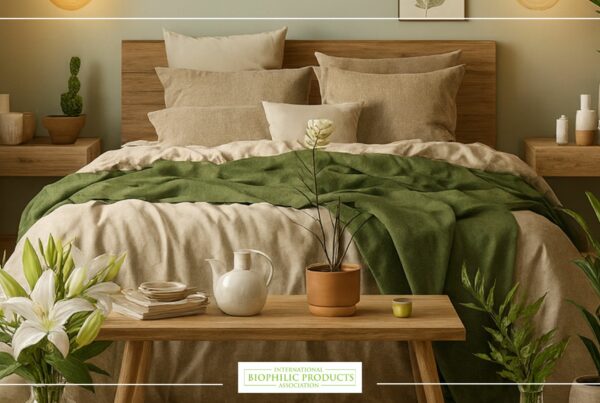

13 Comments